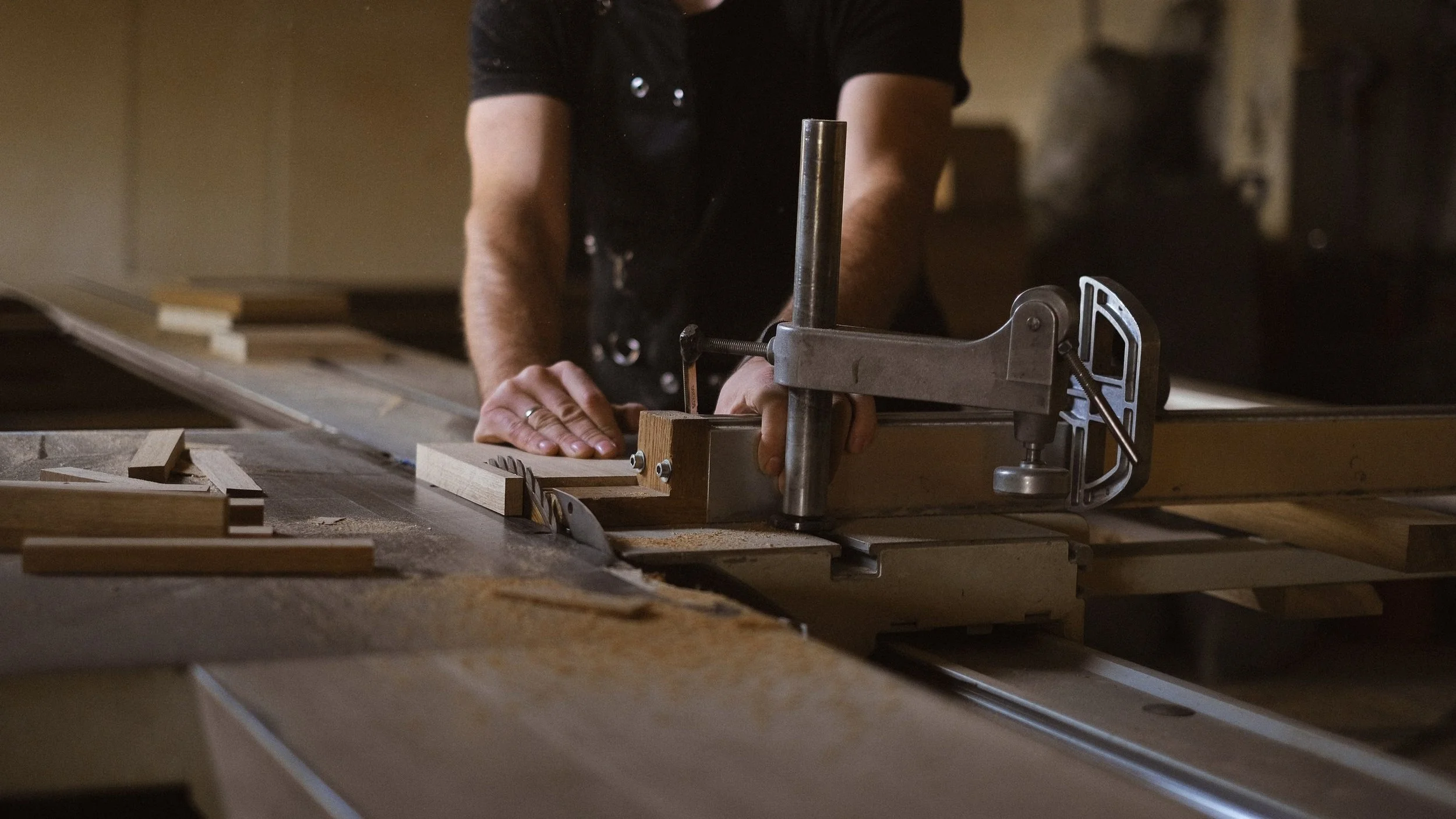Do You Still Need a Guard When Using SawStop technology?
Do You Still Need a Guard When Using a SawStop?
The short answer is: Yes, you do.
Why?
Injuries can still occur.
SawStop strongly recommends it.
OSHA regulates it.
OSHA enforces it.
When I was 13 years old, I watched my friend cut off three of his fingers on a table saw. I actually watched it happen and it was traumatic. I remember every second of the experience as he went into shock and I had to care for him while on the phone with 911. Sawstop technology would have prevented that unfortunate and sad experience.
No doubt, when it comes to woodworking safety, few advancements have been as impactful as the SawStop technology. This innovative system can prevent severe table saw injuries by quickly stopping the blade upon contact with skin.
However, one common question that arises is whether using a SawStop table saw eliminates the need for other safety measures, such as using a guard.
In this blog post, we'll explore this topic and provide insights into whether or not using a guard is still necessary when working with a SawStop.
Understanding SawStop Technology
SawStop is a revolutionary safety feature that detects contact between the blade and human skin. Upon detection, the system triggers a brake to stop the blade's rotation in milliseconds. This remarkable technology has saved countless fingers and hands from serious injury, making it a game-changer in the woodworking industry.
The Role of a Blade Guard
A blade guard is a safety accessory designed to cover the spinning blade of a table saw. It serves several purposes, including:
Physical Barrier: A blade guard acts as a barrier between the user and the blade, preventing accidental contact with the spinning teeth.
Dust Collection: Many blade guards are equipped with dust collection ports, helping to keep your workspace clean and minimizing the risk of dust-related health issues.
Kickback Prevention: Some guards are designed to reduce the risk of kickback, a sudden and dangerous backward movement of the workpiece.
SawStop and Blade Guards
While SawStop technology significantly reduces the risk of severe injuries, it doesn't eliminate all potential hazards in the workshop. Here are some reasons why using a blade guard in conjunction with a SawStop table saw is still a good idea:
Injuries may still occur: No safety feature is foolproof. Using a blade guard adds an extra layer of protection, especially for less severe incidents that might not trigger the SawStop mechanism. It also may prevent more serious injuries that can still occur.
Non-Flesh Contact Hazards: Blade guards also help protect against non-flesh contact hazards, such as flying debris, splinters, and accidental tool contact.
Kickback Prevention: Some blade guards are designed with anti-kickback features, which can help prevent dangerous kickback situations.
Saw Stop “strongly recommends” using a blade guard.
OSHA mandates it. Federal OSHA’s general industry standard for machine guarding says:
“Each circular hand-fed ripsaw shall be guarded by a hood which shall completely enclose that portion of the saw above the table and that portion of the saw above the material being cut. ”
It is interesting to note that in this standard, there is no mention made of an exemption to this regulation if using sawstop technology.
6. OSHA enforces it.
Example of an OSHA citation for failing to use a guard while using sawstop technology.
In conclusion, while SawStop technology is a remarkable advancement in table saw safety, it doesn't render other safety measures obsolete. Using a blade guard in conjunction with a SawStop table saw provides an added layer of protection against various potential hazards. Remember that safety should always be a value and priority in our day-to-day work, and using all available safety features and best practices will help ensure a secure and productive woodworking experience.
Who knows, maybe your decisions to use both a sawstop and a guard will prevent an amputation you didn’t expect; even if it’s not your own.
I’ll see you out there!
Seth (Aka Safety Culture Pro)
Do you want to learn more about our weekly 3-minute safety toolbox talks videos for construction companies? Click here to find out.


